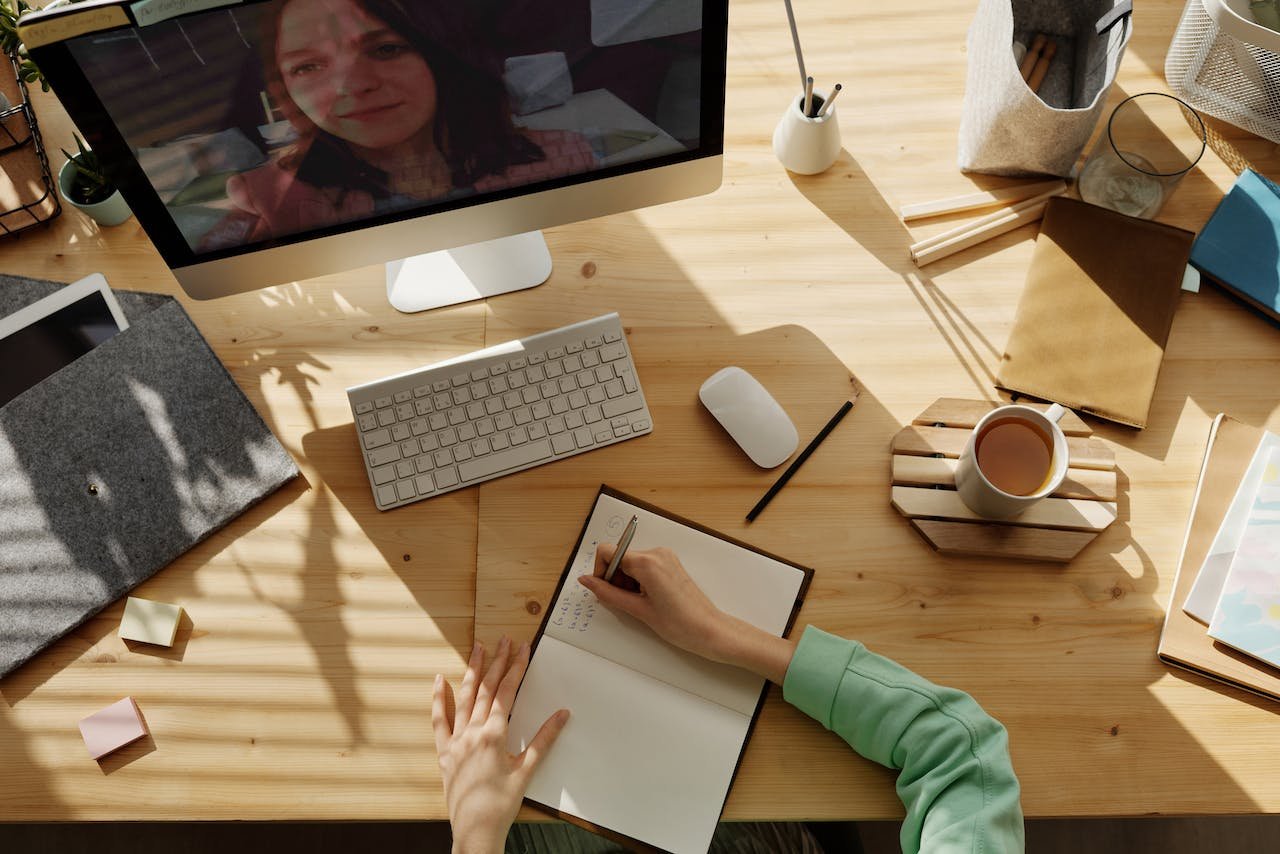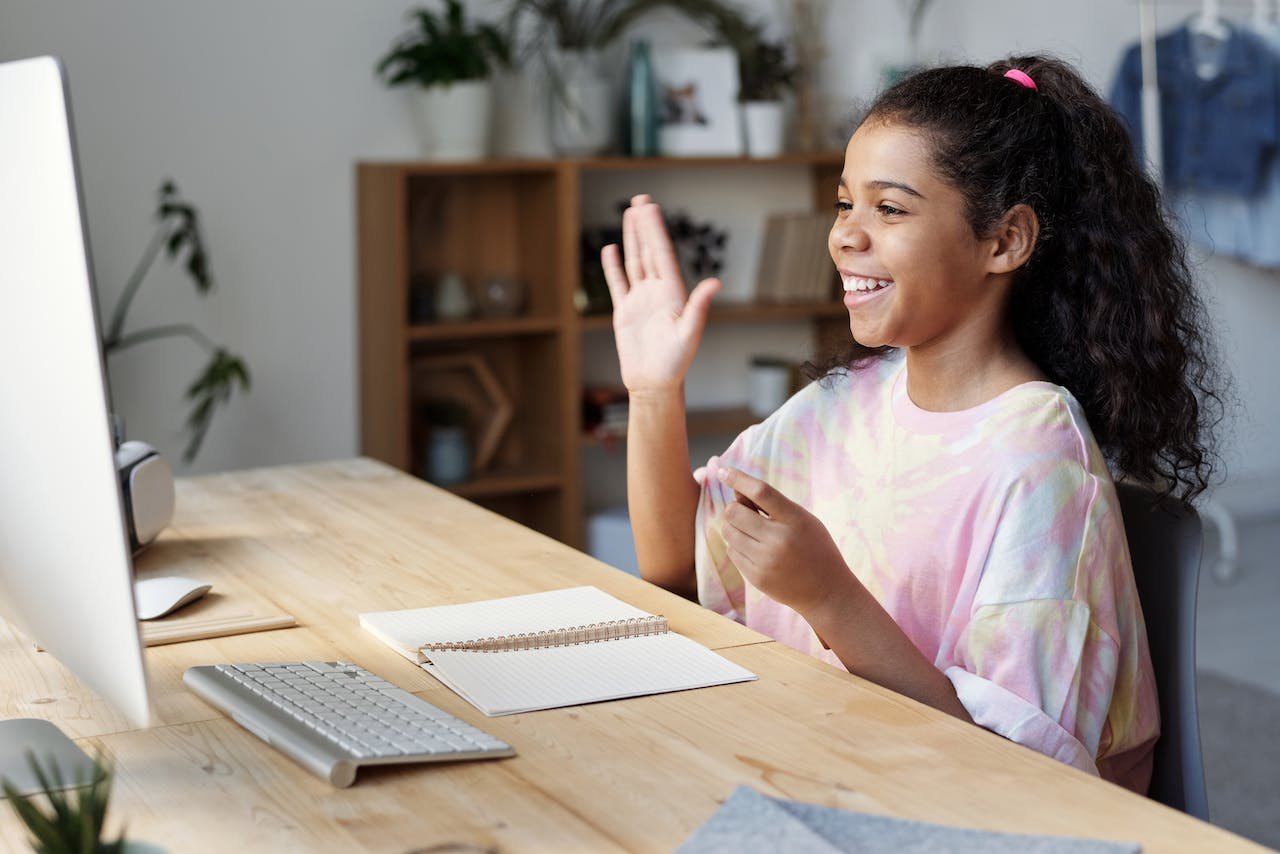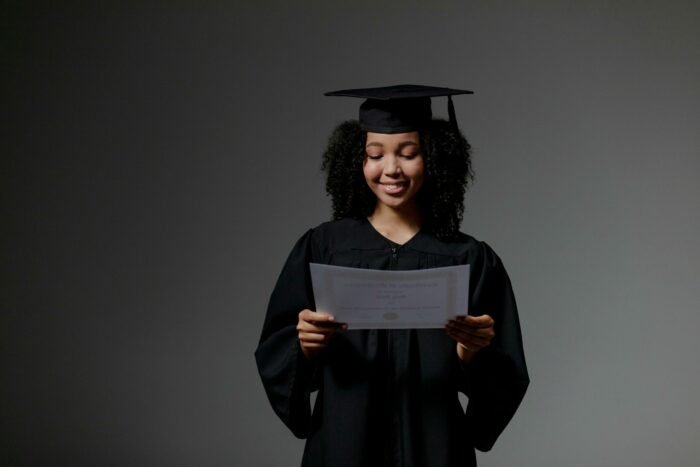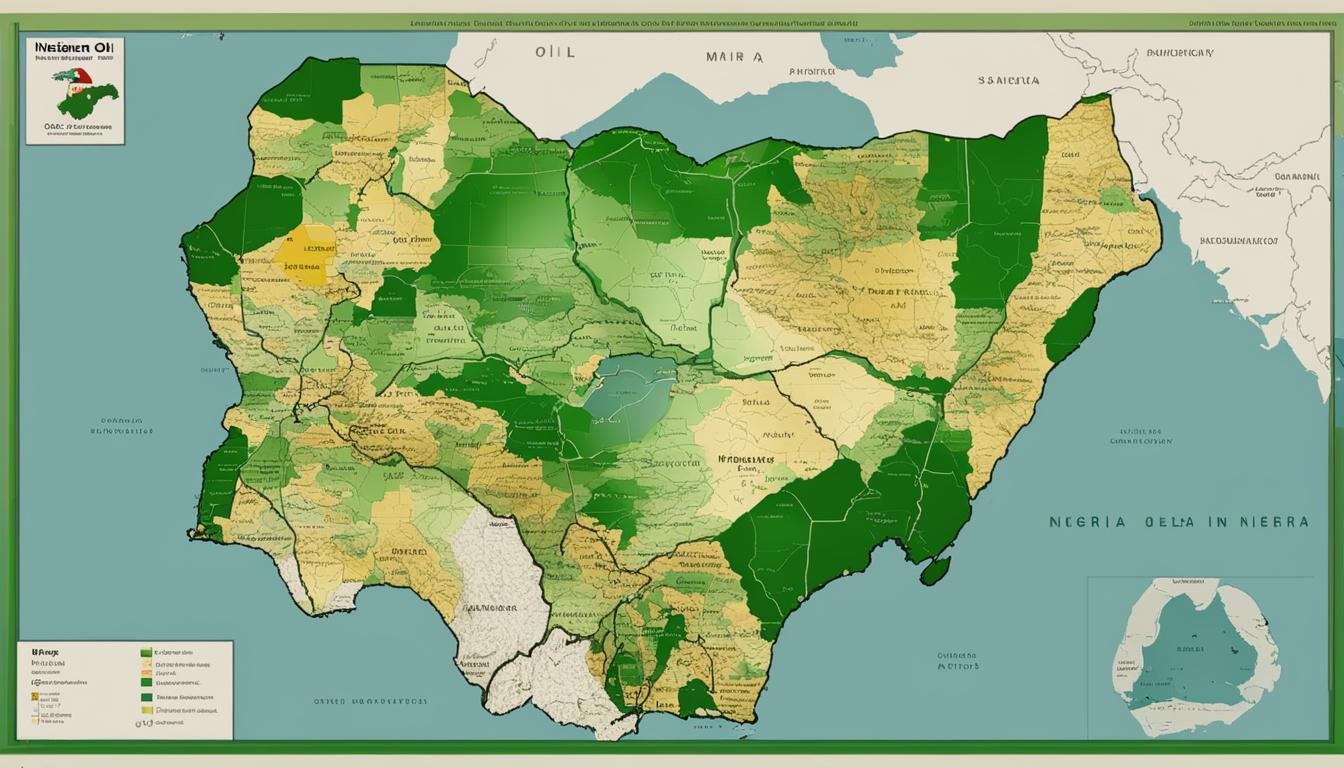Traditional learning usually happens in regular classrooms, with teachers giving lectures, using textbooks, and leading the lessons. This kind of learning often means students receive information without involvement. While it’s essential, this way of teaching has limits in making students understand and engage.
This article will discuss the importance of interaction for learning platforms and websites and learn some helpful tools and tricks.
So, let’s move forward!
Brief Overview of Traditional Learning Methods
Traditional learning predominantly relies on transferring knowledge from educator to student through lectures, textbooks, and structured lessons. In this setup, the teacher assumes a central role as the primary source of information, while students are positioned as passive recipients. In many cases, the way we learn has little interaction. This means students only get a few chances to join in with what they’re learning or work with classmates.
Significance of Boosting Interaction in Learning
Enhancing interaction within the learning process holds immense significance. It catalyzes active engagement, enabling students to participate, question, and explore concepts more deeply. Learners actively engaging in discussions, problem-solving, or interactive activities are more likely to retain and comprehend information.
Interactive learning helps students think critically by pushing them to think, judge, and use what they know in real-life situations. It nurtures collaboration, communication, and creativity, skills vital for success in a dynamic, evolving world.
Introducing Innovative Tools for Enhanced Interaction
The evolution of technology has paved the way for advanced tools designed to revolutionize the learning experience. These tools, ranging from QR codes, Quizzes, and animations to digital portfolio platforms, offer innovative methods to enhance educational interaction.
Understanding Advanced Tools for Interaction
New tools in education cover various tech solutions to change how we learn. These tools use technology to make learning more exciting and immersive than usual. They aim to help us interact better, get more involved, and understand things our way.
How These Tools Help People Interact Better in Learning:
More Involvement
New tools make learning more engaging by letting us do things interactively. They allow students to take an active role in learning, making connecting with the lessons more accessible and motivating them to explore and grasp ideas.
Tailored Learning
These tools create learning experiences that suit each person’s style. They change how information is given based on what each student needs. This makes learning more exciting and gets everyone involved in their way.
Encouraging Smart Thinking
Through simulations, solving problems, and interactive stuff, these tools make us think and solve things better. They help us use what we know in different situations, making our brains work better.
Working Together and Talking
These tools help us work with others and communicate. They allow us to talk, share thoughts, and work on projects. This helps us learn to work in a team and improve our social skills.
Real-life Practice
Lots of these tools let us try things out and practice, just like in the real world. Doing this, we understand things better and see how our learning fits into real life.
Tools for Enhanced Interaction
As we have learned the importance of interaction in learning, let’s talk about modern tips and tools to help everyone get the most attractive and engaging learning website, blog, or app.
Podcasts and Audiobooks
Podcasts and audiobooks are great educational tools offering various ways to learn by listening. They share information in a fun way, letting students absorb lessons through their ears. These flexible tools allow learning while traveling, working out, or doing other things. They’re helpful for those who know by listening and for anyone who likes hearing things to understand better. Podcasts and audiobooks make learning more fun and adaptable to different lifestyles by giving more accessible access to educational content.
QR codes
QR codes link physical and online content, making learning more exciting. By scanning them, they quickly connect students to extra info like videos, articles, or interactive stuff. Using technology like this in learning makes it more exciting and helps students understand ideas better. QR codes make it easy to find the right resources, making learning more engaging and allowing students to learn more independently.
Social Media Integration
Using social media in education helps students work together better. Platforms like Facebook groups or Twitter discussions become places to share knowledge, talk to friends, and do projects. Social media lets students talk and work together, share thoughts, and learn from each other. These platforms are suitable for debates, discussions, and sharing educational stuff. Social media helps teachers create lively learning groups where students keep learning and talking even outside the regular classroom.
Live Chats
Live chats in education let students, teachers, and classmates talk instantly. They help students ask questions, discuss topics, and get quick answers. Live chats make students feel connected in class, making them more engaged. They also let students from different places work together, share thoughts, and do projects. These chats give personalized help and quick feedback, making learning more interactive and helpful for everyone involved. Simple-to-use chats can be created with Chat APIs, like GetStream, Pubnub, CometChat, or CometChat alternative Sceyt.
Quizzes
Quizzes are like tests that help you remember and understand what you learned. They check how well you know things and give you quick feedback. Quizzes come in different types, like questions with choices, filling in the blanks, or answering quickly. They suit different ways of learning. Quizzes make you interested in learning, help you remember better, and show how much you’ve learned. Also, they let you know where you need to improve and help you learn more about the topic. Overall, quizzes help you understand the subject better.
Digital Portfolio Platforms
Digital portfolio platforms serve as personalized showcases of students’ work, accomplishments, and progress. They provide a creative space for students to curate and present their learning journey comprehensively. These platforms allow individuals to compile diverse types of work, including projects, essays, artwork, and reflections, showcasing their growth and achievements over time. Digital portfolios help students think about themselves, think deeply, and set goals, making them responsible for their learning. They also let students judge themselves and get advice, helping them know what they’re good at and where to improve. This all allows students to keep learning and getting better.
Animations
Animations are helpful tools that make hard stuff easier to understand by showing it visually. They use fun pictures to explain tricky ideas, helping you remember and understand better. Animations work well for people who learn by seeing things. They make learning more complex topics easier, break down complicated things, and make learning more fun. Plus, animations make you curious and imaginative, making learning more exciting and helping you connect better with what you’re learning. In addition, animations can be created easily due to the wide variety of animation maker tools, like Adobe Express and Renderforest.
Virtual Classrooms
Virtual classrooms are online spaces replicating traditional classroom environments, enabling remote learning and collaboration. These platforms offer tools for live lectures, discussions, assignments, and interactive activities, facilitating engagement and interaction among students and instructors. Virtual classrooms transcend geographical barriers, allowing students from diverse locations to participate in shared learning experiences. They provide flexibility in education delivery, accommodating different schedules and learning styles. Moreover, these platforms promote inclusivity by providing equal access to education, ensuring that all students can engage in meaningful learning experiences regardless of their physical location.
Video Chat Tools
Video chat tools facilitate face-to-face interactions and real-time communication in educational settings. They enable live discussions, lectures, group collaborations, and one-on-one interactions among students and educators. Video chat tools create connection and presence, fostering engagement and personal interaction despite physical distances. These tools let students join in learning, ask questions, and be part of discussions. Also, video chats help teachers give individual help and quick feedback, making learning more lively and involved.
E-books
E-books, digital versions of printed books, offer a versatile and interactive approach to learning. E-books give access to lots of learning stuff in an easy-to-carry format. They usually have videos, pictures, and links, making reading more enjoyable. E-books work for different ways of learning, letting people read, see images, and watch videos to understand better. E-books promote accessibility, allowing students to carry entire libraries in a single device, fostering convenience and flexibility in accessing educational materials. Moreover, these digital resources support sustainability efforts by reducing the reliance on printed materials, contributing to environmentally friendly learning practices.
Conclusion
Enhanced interaction is crucial in education, boosting active engagement and deeper learning. It helps students think critically, work together, and learn in ways that suit them best. Encouraging students to join in, ask questions, and explore ideas makes learning more exciting. This interaction lets students unlock their full potential, nurturing curiosity and helping them succeed in a changing world.
Using advanced tools can change how we learn. These tools make learning more fun and exciting, breaking away from old ways of teaching. Teachers and schools should use these tools to make learning more personal and compelling. Using technology, teachers help students explore, create, and learn in new ways. This helps education adapt and stay modern.
These changes in education can make a big difference. They let people learn from anywhere and customize their learning journey. It doesn’t matter where they live or how much money they have. These changes also teach students skills they need for today’s world, like solving problems and using technology well. These changes mean education is still in the present but grows with the times, preparing people for the future.











